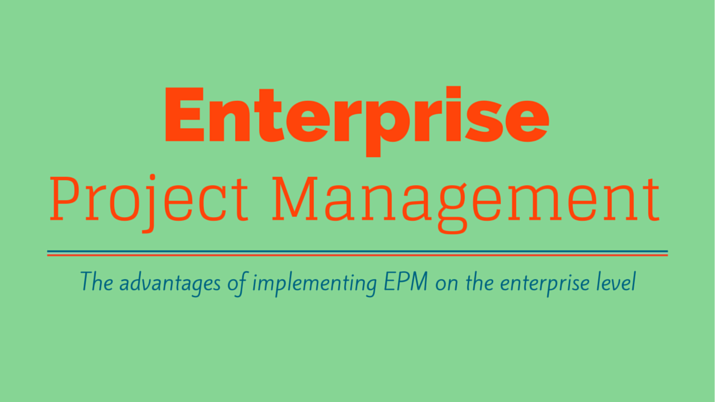Enterprise Project Management

Last Updated December 9, 2014
Enterprise project managers are in charge of making sure all projects within an organization are meeting expectations. Large companies and organizations may work on dozens of projects at the same time, and these projects may be spread over multiple departments or locations. This collection of projects is called the company project portfolio. Since projects may interact with each other or be affected by other company operations, managing this portfolio can become a complex task.
Enterprise project managers (EPMs) are trained to effectively manage a company project portfolio. They are skilled at balancing interdependent elements and are well-versed in details that are important to the business or industry in which they work. They are familiar with the market environment surrounding each project, and how each project supports the company mission or goal.
EPMs can identify when projects conflict or duplicate efforts, and they can recognize underfunded projects that might present an opportunity for the organization. Companies not employing enterprise project management may not be able to act quickly enough to stop loss or capitalize on a potential window of opportunity.
Businesses Discover the Advantage of Enterprise Project Management
With the aid of experience and software, enterprise project managers (EPMs) study how projects interact, and use their skill to determine where to focus company resources. Projects become building blocks that work together to further company goals rather than discreet, unrelated endeavors.
The main potential of EPM is increased profitability, which manifests in ways that depend upon the business and the project. The market environment, company resources and social climate can change unexpectedly and sometimes on a rapid basis. Projects that are on time and work well within previously set parameters can be affected by this kind of change. Minor projects that are getting few resources may suddenly acquire greater potential for the same reason.
The enterprise project manager evaluates the host of company projects on a continual basis and makes sure resources go to projects that represent the highest benefit. If a project turns non-beneficial to the company they can recommend the necessary changes. Identifying poorly performing projects on a timely basis, and allocating company resources to higher performing projects, is a key factor for increased profitability under an EPM business model.
Implementing EPM
When companies find the incoming number of projects exceeds their ability to track current projects and effectively monitor results, they become prime candidates for the EPM model. The first step is to define how EPM would be used. This requires close scrutiny of current processes to identify problems and to see what might work best. An initial implementation planning stage follows. The plan will depend on company culture and the ability of the organization to modify and retool. It should cover the responsible people, indicate major tasks and list recommended changes to technology and training. Most companies will set short, medium and long term goals.
Acquiring stakeholder involvement is the next step. Each person’s role should be clearly identified, including senior management. New information is often discovered at this point that leads to modification of the implementation plan.
A list of requirements and phases for implementation is the final step before roll-out. The list will include details that all stakeholders have agreed upon (roles, responsibility, and training) and changes to current technology, production and support.
Implementation of such a comprehensive change can be a significant challenge. A large number of people will have to agree upon changes, and there will be increased project visibility and monitoring. Departments not directly affected by the switch to enterprise project management, such as Human Resources, may need to modify their procedures to support the new model. Roadblocks can be minimized by ensuring clear communication and making sure all changes are realistic.
The exact ease of EPM implementation and gains seen through project portfolio management will depend on the organization. Current data indicates it is worth the effort, and some companies converting to an EPM model show increased profits up to 20%. What your company can save will depend upon many factors, including company culture, cost of implementation, structure of the organization and the skill of the enterprise project manager selected for the role.





